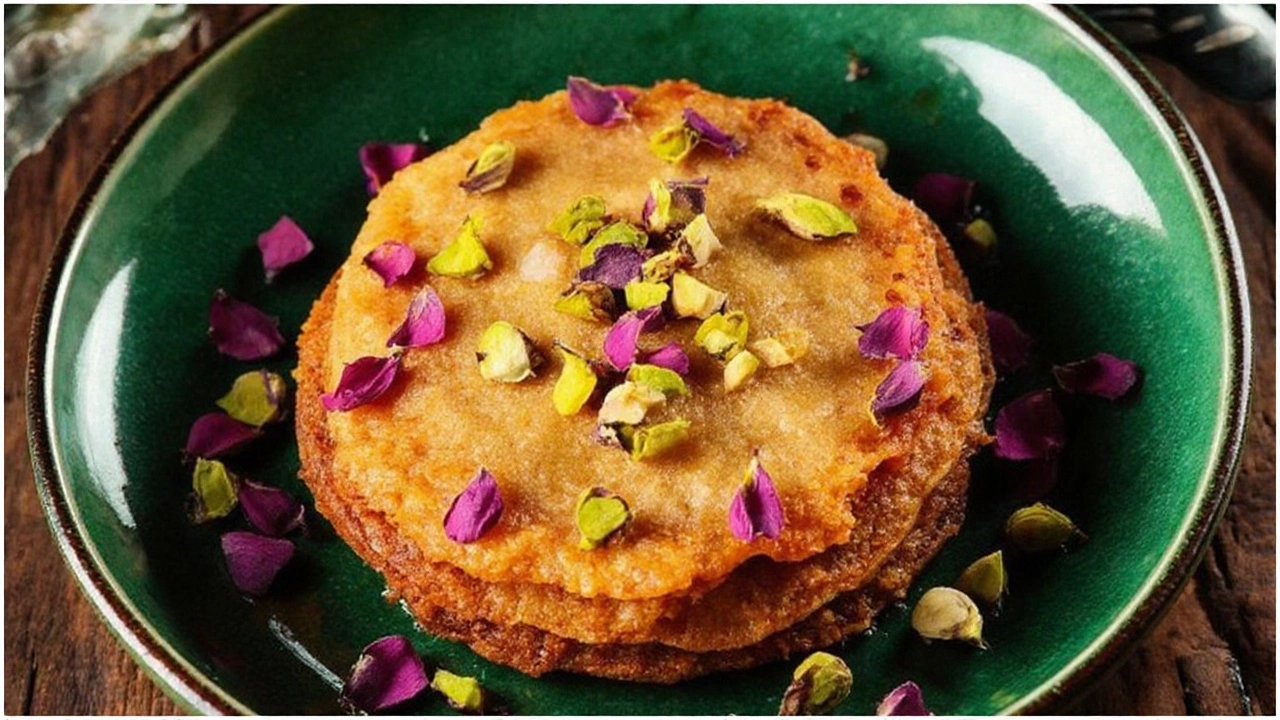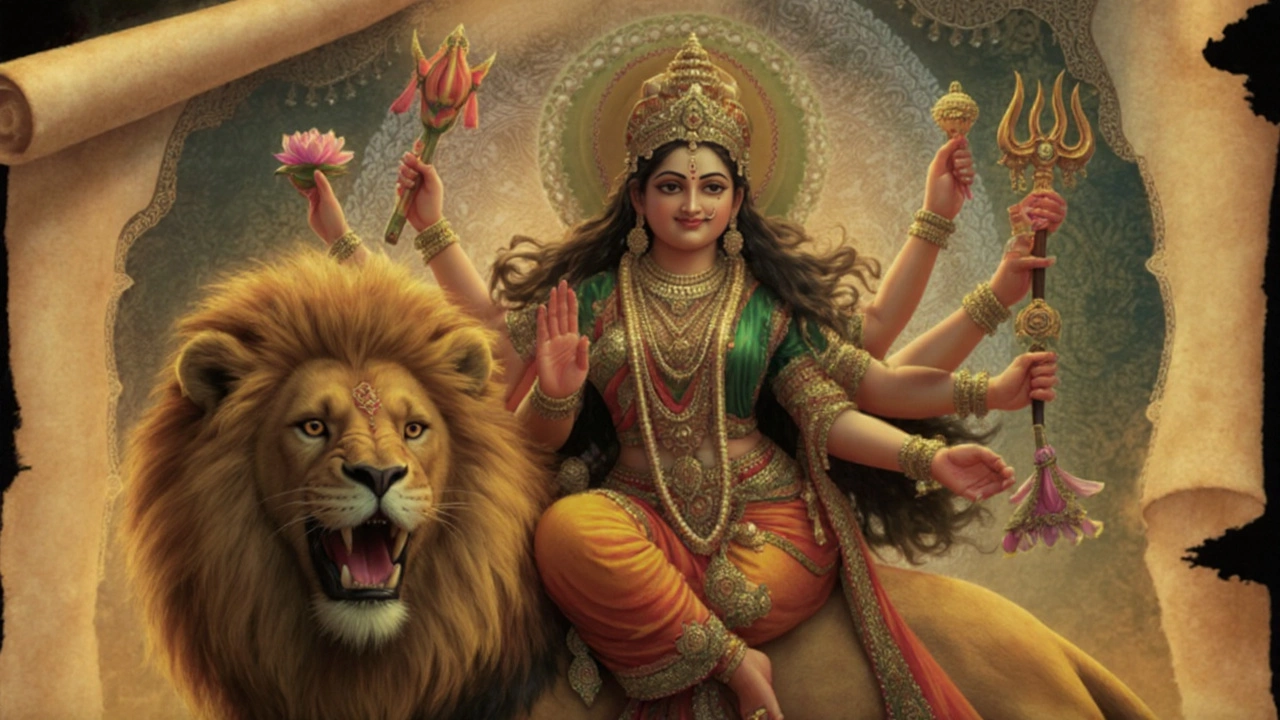Every spring, the Hindu calendar lights up with Maa Katyayani worship as the fifth day of Chaitra Navratri unfolds. Falling between March 30 and April 7, 2025, this particular day—April 3—carries a distinctive blend of myth, color, and timing that draws devotees into a focused burst of devotion.
Auspicious Timings and Panchang Details
According to the 2025 Panchang, the day is governed by Panchami Tithi, which runs until 9:41 PM. As the sun dips below the horizon, the Tithi shifts to Shashthi, signalling the start of the next day’s observances. The most prized window for worship is the Brahma Muhurat, the pre‑dawn period from 4:33 AM to 5:20 AM. This slice of time, just before sunrise, is believed to amplify the spiritual potency of prayers and mantras.
For those who follow specific astrological calculations, the Nakshatra (lunar mansion) during this window is Rohini, further enhancing the auspiciousness for rituals centered on fertility, prosperity, and harmonious relationships. Many temples release a detailed Samay‑Patra (timing chart) that lists secondary muhurats for secondary offerings, fire rituals (havan), and the concluding aarti.

Rituals, Offerings and Symbolism
Day five’s color is bright yellow, a hue that stands for intellect, joy, and spiritual illumination. Devotees dress in yellow garments, lay yellow rangoli at the altar, and present yellow blossoms—typically marigold or sunflower—to evoke the goddess’s grace.
The puja vidhi follows a structured sequence:
- Purification: The ritual space is spritzed with holy water (Gangajal) and a small fire (dhuni) is kindled.
- Invocation: The priest chants "Om Hreem Shreem Katyayanyai Namah" while waving incense and offering sandalwood paste.
- Offering of Prasad: Ripe bananas, sliced and arranged on a silver plate, are the primary offering. Honey, drizzled over the bananas, adds a layer of sweetness that symbolizes the removal of bitterness from life’s challenges.
- Chakra Focus: The worship is aligned with the Vishuddha (Throat) Chakra. Practitioners recite the mantra while gently chanting the sound "OM" to open the throat, fostering clear communication and truth.
- Aarti and Distribution: A final aarti with a lamp (deepak) concludes the ceremony, after which the sanctified bananas and honey are shared among participants as prasad.
Beyond the material elements, the day holds deep emotional resonance for young women. The Bhagavata Purana narrates that Goddess Katyayani, born from the collective energy of the gods to slay Mahishasura, also blesses seekers of a suitable life partner. Couples often perform a joint puja, lighting a yellow lamp together, to invoke the goddess’s guidance for marital harmony and to dissolve any lingering obstacles.
In addition to personal prayers, the date coincides with Naag Puja—worship of serpent deities—and Skanda Sashti, a celebration of Lord Murugan’s victory over the demon Surapadman. Some families incorporate these parallel observances, offering milk and turmeric to a symbolic cobra sculpture or reciting Murugan’s hymns, thereby weaving a richer tapestry of devotion.
Fasting is a common practice on this day. Devotees may observe a partial fast, abstaining from grains and eating only fruits, nuts, and the prescribed banana‑honey prasad. The fast is intended to cleanse the body, sharpen the mind, and align the practitioner with the goddess’s fierce yet compassionate energy.
Overall, the fifth day of Chaitra Navratri serves as a micro‑cosm of the larger festival: a celebration of divine feminine strength, the triumph of good over evil, and the renewal that spring brings. By adhering to the prescribed timings, donning the sacred yellow, and offering the simple yet potent banana‑honey combination, devotees tap into a lineage of worship that has empowered generations.
